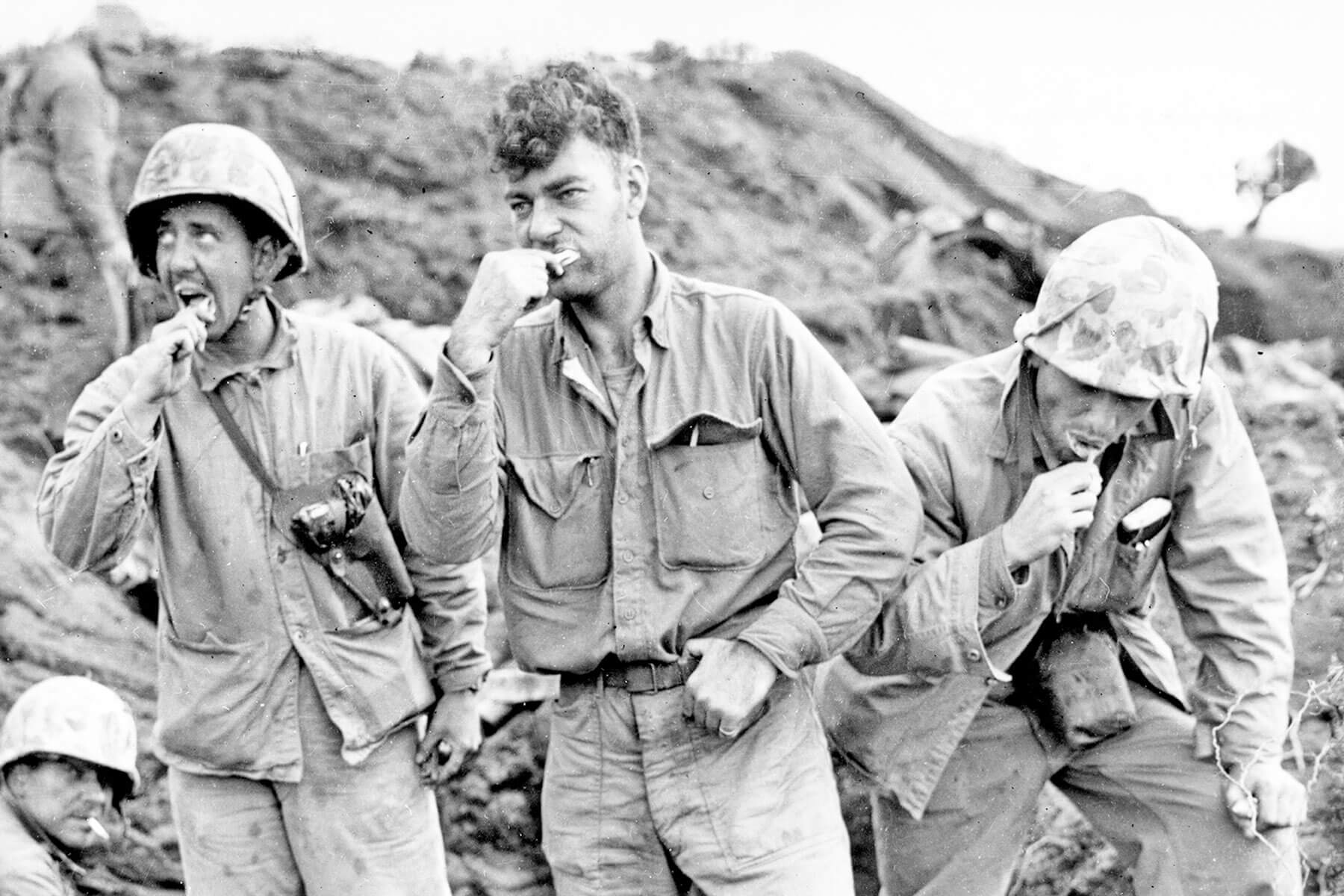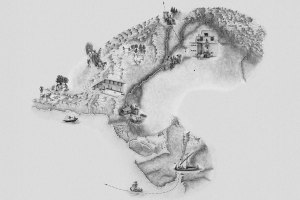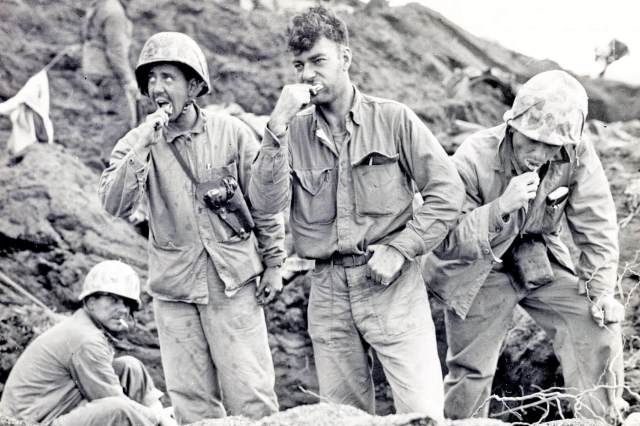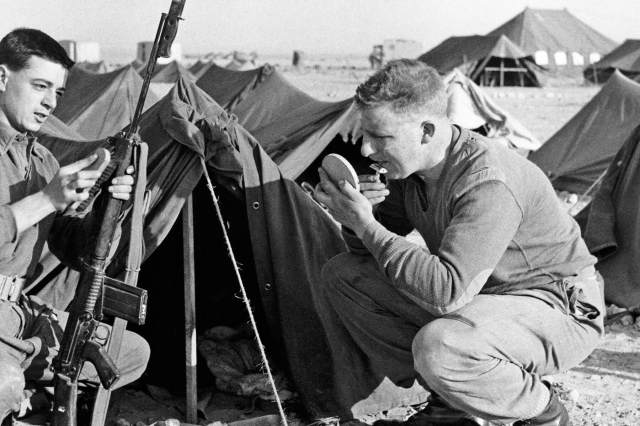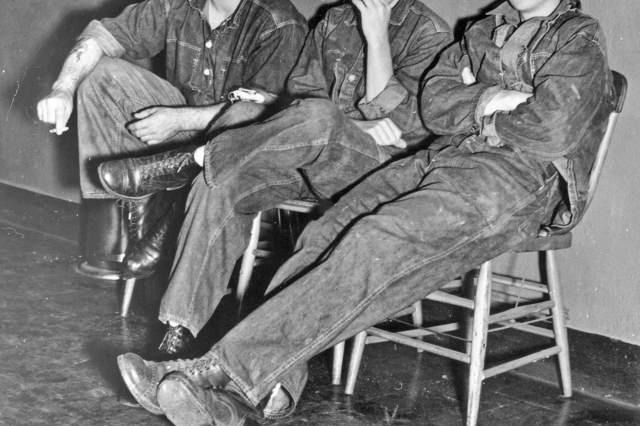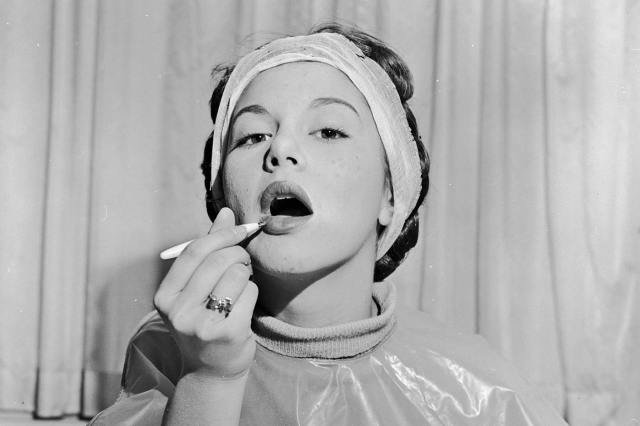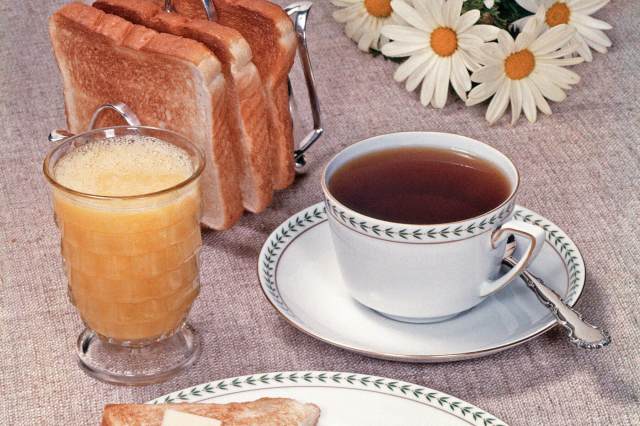Everyday Etiquette That Came Out of World War II
World War II didn’t just reshape global politics and drive social change; it also left a lasting imprint on the everyday habits we now take for granted. As the war effort led to new challenges in the U.S., such as resource scarcity and shifting societal rules, the need for innovation and efficiency ushered in not only new military strategies, but new ways of life on the home front. These small but significant changes may have been born out of necessity, but they shaped American etiquette and culture permanently. From grooming to fashion to nutrition, here are some now-common habits that came out of World War II.
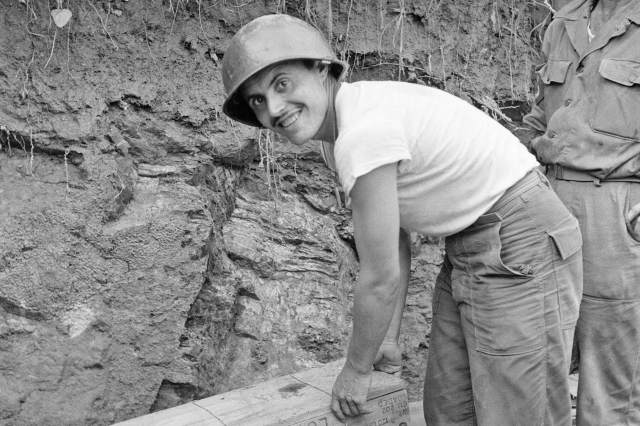
Wearing T-Shirts
T-shirts are among the indispensable components of modern style, but they were once considered mere undergarments. The classic white garment first became a standard part of the U.S. Army’s uniform during World War I. The undershirt was given a new name — the T-shirt — in the 1920s thanks to writer F. Scott Fitzgerald, and in World War II, it was once again made part of the standard-issue military uniform. By that time, T-shirts were already becoming more than just underwear; they were marketed to civilians and worn by younger crowds in high schools and universities. But it wasn’t until after the war ended that they became ubiquitous. Soldiers returning home from combat had grown accustomed to the T-shirt’s comfort and began incorporating the item into their everyday wear. Images of soldiers wearing T-shirts while serving their country also boosted the garment’s popularity, and in the 1950s, movie stars such as Marlon Brando and James Dean made the T-shirt an undeniable staple of casual fashion.





